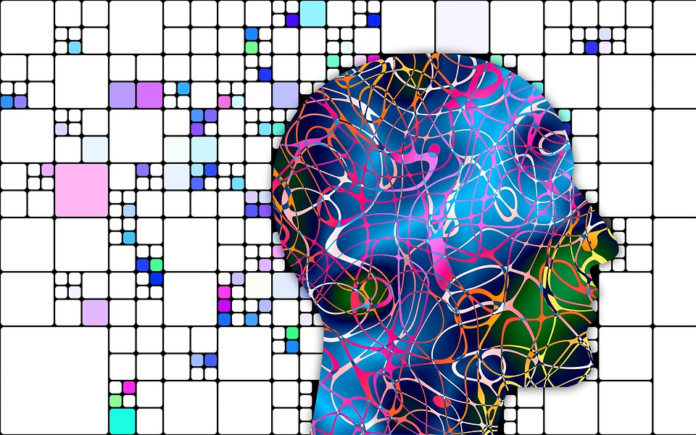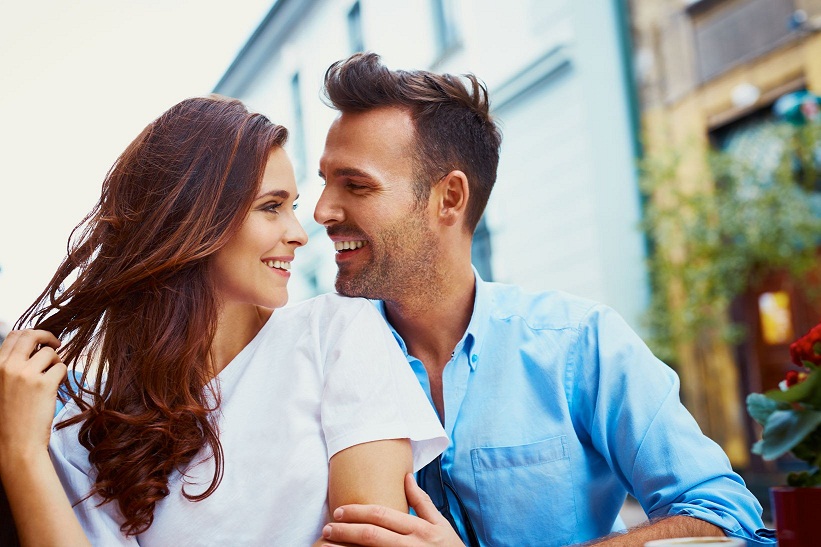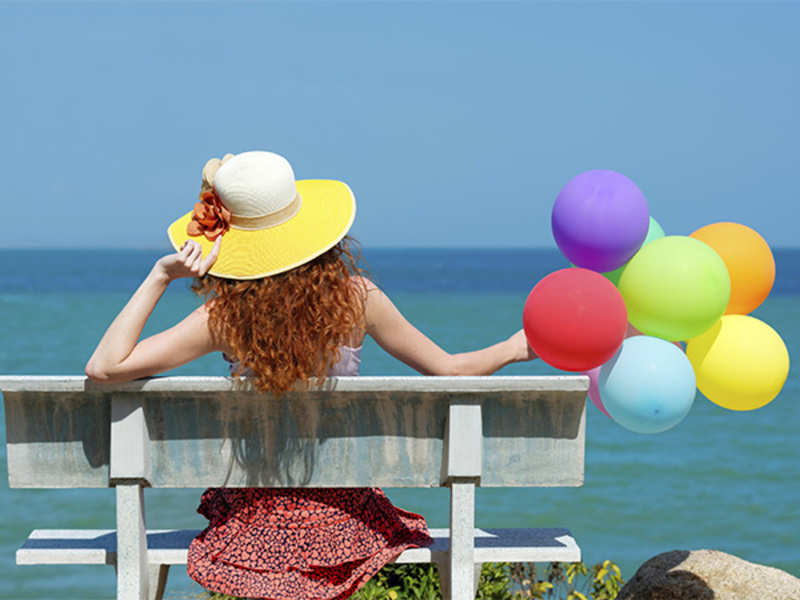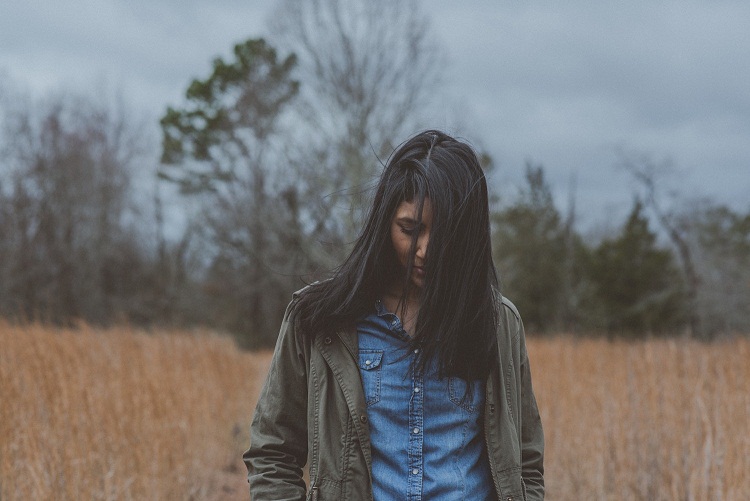Basic biological sciences tell us that humans have five senses, namely: smell, hearing, taste, touch, and sight. Of the five, the sense of sight is arguably the most powerful one. They say your eyes are the windows to your soul. But what if the windows get permanently shut? Could you imagine what your life would look like if you were permanently blind? How would you be able to read books, watch movies, follow people on social media platforms like Instagram and see what your friends and family members look like after many years? Imagine what your life could become if each of the other four senses was completely dysfunctional. If it came down to choosing only one, many people would probably prefer to keep their eyes! Wouldn’t you?
Indeed, our sight is a treasure we often take for granted. It enables us to observe the world around us – the beauty of nature, people, and ingenious works of art. But what is it about our visible environment that makes it so remarkable? It’s the shape, size, and color of objects. Color is perhaps the most striking property of the things we see. We often see color before we see other physical attributes. For instance, when you observe a tree or flower blossoming in spring, it’s often their radiant colors that make them a beauty to behold. Similarly, the afternoon sky or sea during summer time is a pleasure to observe.
But are colors actually useful to us? Do they influence human beings and their mood? The answer is ‘yes’.
The way colors affect us is often studied in what is known as Color psychology. By definition, it refers to the study of hues and the way they affect human behavior. Numerous empirical researches in this field have proved beyond a shadow of a doubt that colors affect our perception of things. They have the ability to affect our emotions and consequently our mood. Sometimes, we may not even be consciously aware of the specific influences they have on us. This is why colors are considered to be an effective visual tool for subliminal communication. It is little wonder then that they are a crucial element of marketing campaigns. Also, artists and interior designers pay great attention to how they use colors in their work. They always strive to use colors that can achieve the desired effect.
In as much as they influence human behavior, the effect of colors on humans is not uniform. Differences exist from person to person in how we react to and perceive colors. They often depend on a number of factors, such as age, gender, ethnic and religious backgrounds. It should also be mentioned that due to the said divergence, a color may have both positive and negative connotations.
Let’s now look closely at a number of specific ways in which colors affect our perception and mood. The ideas dealt with below are broadly applicable to all people, even though they may not have the same effect on different individuals.
They Can Make You Feel Attracted to a Person and Energized
There is a reason why many women prefer to wear red dresses when going on a date. Red is a color of love or passion and a lot of people believe it can make them look very attractive. Unsurprisingly, men wearing red shirts and jackets easily get the attention of most women who associate it with physical attractiveness. Being a bright color, red easily draws people’s attention. Perhaps, you now know why those heart-shaped emojis and pillows are classically colored red. Even in Chinese culture, the red color is closely associated with happiness and good fortune (or luck). So, if you’re looking to finally get that person you’ve been crushing on to go out with you, wearing red clothes might do the trick.
Red also symbolizes excitement and energy. They say it can even whet one’s appetite. It’s no surprise then that it is so popular with food and beverage companies. Want some proof? How about these: Coca-Cola, KFC, and McDonald’s. How would you react to someone munching on McDonald’s french fries packed in a red-colored box and dipped in a red sauce? You’ll most likely feel like grabbing something to eat.
Orange and yellow are similarly associated with friendliness, playfulness, and fun. Overall, such colors evoke positive feelings in most people. However, red is widely used to represent danger. It also evokes a feeling of fear or anger.
Colors Can Make You Feel Calm, Relaxed and Refreshed
Some colors, such as blue, can help you feel calm, relaxed and refreshed. How do you feel when you look up at a clear blue sky? Even in many parts of the world, water bodies that have the word ‘blue’ in their names’ are popular tourist destinations.
How would you feel if you saw an advert of a person drinking water against the background of blue skies and green scenery? Refreshing, right? It makes you want to grab your own bottle of water and drink it. That is a good example of colors being used in marketing for conveying subliminal messages. Many companies use light shades of blue in their logos to evoke emotions of trust and confidence in their organization. They also believe it will make people feel calm and relaxed when dealing with them. If this is something you’d like to explore further, we highly recommend you visit https://www.bestcustomwriting.com/buy-research-paper. By following the above link you’ll be able to get answers to all of your questions.
Because lighter shades of blue are associated with confidence and calm, job seekers are encouraged to wear blue shirts to an interview. In such an emotional state, they are more likely to remember things and express themselves more clearly and confidently. Combined with the visual color effect on the interviewer(s) it can help them get hired.
They Can Make People Feel Pure, at Peace and Optimistic
White is a color that symbolizes purity, holiness, and peace in many parts of the world. In most Christian denominations people being baptized are usually dressed in white clothes. By contrast, in the Hindu culture, red is commonly associated with purity and as such, it is a preferred color for a bride’s garments.
Throughout all of human history, white flags were used as a symbol of peace. Whenever a warring side raised a white flag, they were willing to stop fighting and sue for peace.
Green is associated with rejuvenation, growth, health, and prosperity, abundance or wealth. The green color is closely related to nature – seeds growing into green plants, green leaves gradually appearing on trees in spring, once withered plants beginning to grow thick leaves. Seeing all that, most people would feel re-energized and believe that their plans for the future will become a reality.
Some Colors Can Make You Feel Sad and Sorrowful
Have you ever wondered why people attending funerals are typically dressed in black clothes? The reason for that is the psychological association of the black color with death, mystery, and grief. We generally feel sad when a person we were emotionally attached to (e.g. our friend or family member) dies. Death is a cause of great pain for most people and also one of life’s biggest mysteries.
By contrast, in Chinese culture, the white color is commonly associated with death and mourning. Black, on the other hand, is a neutral color and considered the ‘king of colors’.
Some ancient religious and social traditions required people to wear sackcloth and put ashes on top of their heads whenever they felt great remorse or sorrow for what they had done. This was meant to symbolize true sadness and, by extension, repentance.
To sum up, colors do affect us and the way we feel. Some colors are associated with either good or bad feelings. Using what you have learned from this article, you can now use colors to evoke in you all the positive feelings you want.





















